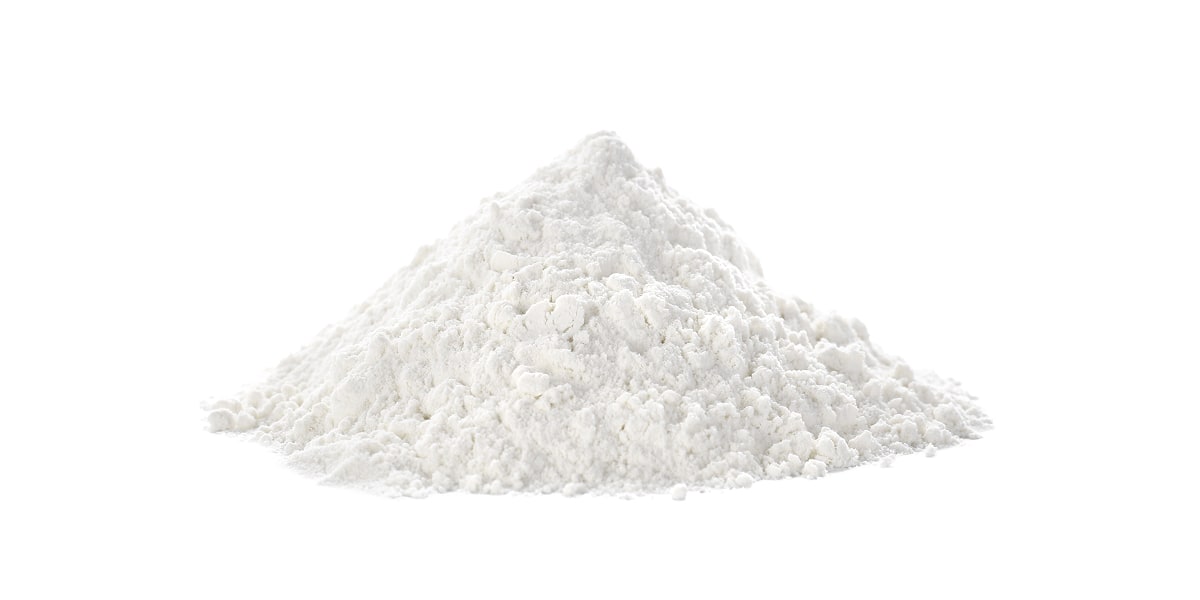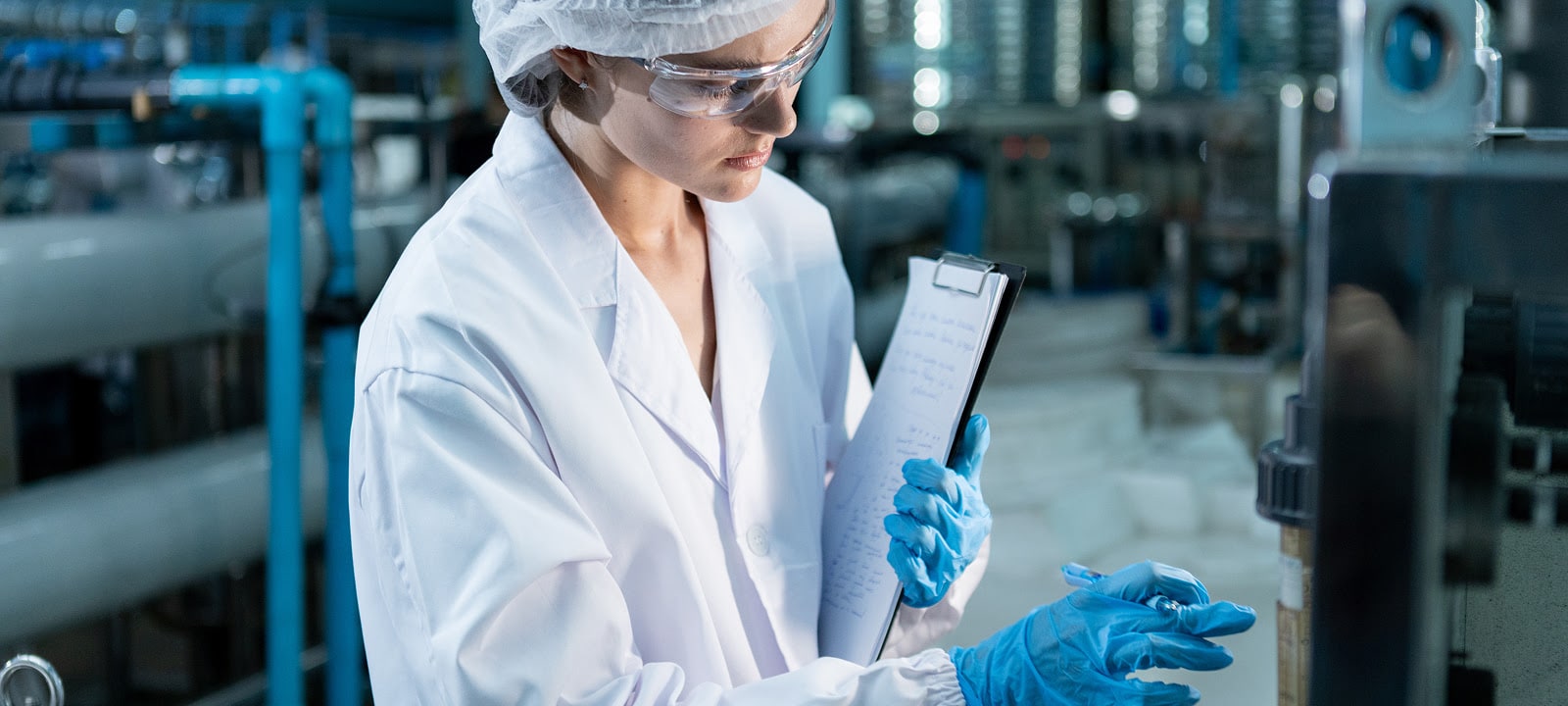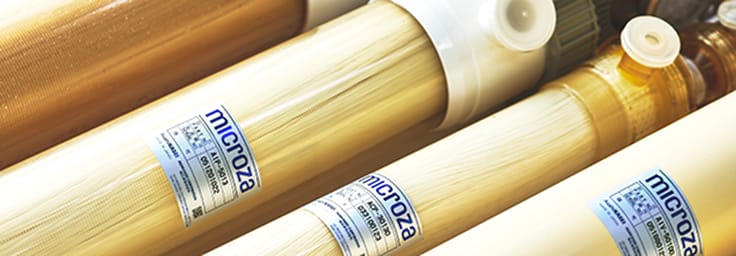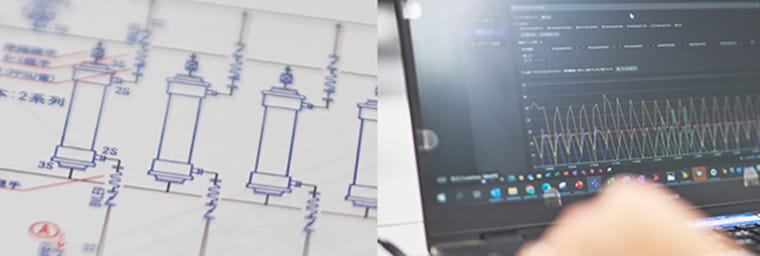Solving the Challenges of Diatomaceous Earth Filtration
Customers in the food industry often inquire about replacing their existing diatomaceous earth filtration processes with Microza®. Although diatomaceous earth filtration is a traditional technique, it presents challenges such as high operating costs, environmental impact, and low work efficiency. Transitioning from conventional processes to Microza® can resolve these issues.
Reduces Labor Requirements in the Filtration Process
Attaching and removing diatomaceous earth from filtration equipment is labor-intensive and requires significant manpower. In recent years, labor shortages have worsened, making it difficult to secure skilled workers and increasing the workload.
Microza® completes filtration with a single switch, reducing operator burden and contributing to lower labor requirements.
No Need for Filtration Aids, Reducing Both Costs and Waste
In addition to the purchase cost of diatomaceous earth, disposal costs as waste are rising each year, increasing overall running costs. As diatomaceous earth absorbs liquid, disposal weight increases, sometimes accounting for most industrial waste, requiring a review from an environmental perspective.
With Microza® solutions, no filtration aids are required. This allows for the reuse of discharged residue, reducing industrial waste and significantly lowering total production costs.
Furthermore, Microza® MF membranes use PVDF (polyvinylidene fluoride), which offers long service life and low replacement frequency, enabling further cost reduction.
Removes Heat-Resistant Spore-Forming Bacteria Not Addressed by Diatomaceous Earth Filtration
Diatomaceous earth filtration cannot completely remove heat-resistant spore-forming bacteria, posing a risk of quality issues. This directly affects food safety and can leave concerns regarding quality assurance.
Microza® high-precision MF membranes effectively capture even small bacterial cells, enabling the removal of heat-resistant spore-forming bacteria. This reduces the burden on downstream processes, enhances product safety, and significantly minimizes quality issues.
Reduces Reliance on Individual Skills and Facilitates Smooth Technology Transfer
Determining the thickness and condition when applying diatomaceous earth relies heavily on the experience and intuition of skilled workers, which can lead to quality variations. Training new personnel requires time and cost, and technology transfer to new staff may not proceed smoothly.
By using Microza®, multiple processes can be integrated, enabling the standardization of operating procedures. This facilitates consistent filtration quality regardless of operator experience, allowing for stable performance without reliance on individual skill. As a result, training costs are reduced and quality reproducibility is improved.
Successful Transition from Existing Processes with Proactive Technical Support
Some may be concerned about how to modify existing diatomaceous earth filtration lines and the impact on production and capital investment when reviewing processes. There may also be concerns about unknown risks such as quality and cost after the transition.
Asahi Kasei provides comprehensive solutions including optimization of existing processes and post-treatment such as waste handling, in addition to new line installations. Drawing on extensive experience, the company supports a phased transition to minimize the impact on production and quality while enabling a smooth conversion. Please feel free to contact Asahi Kasei staff for assistance.







